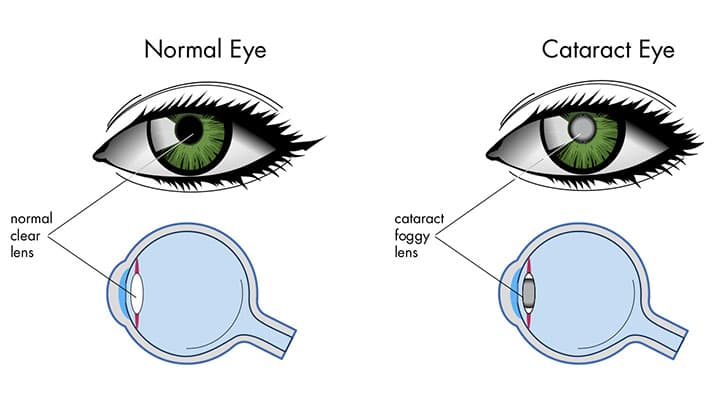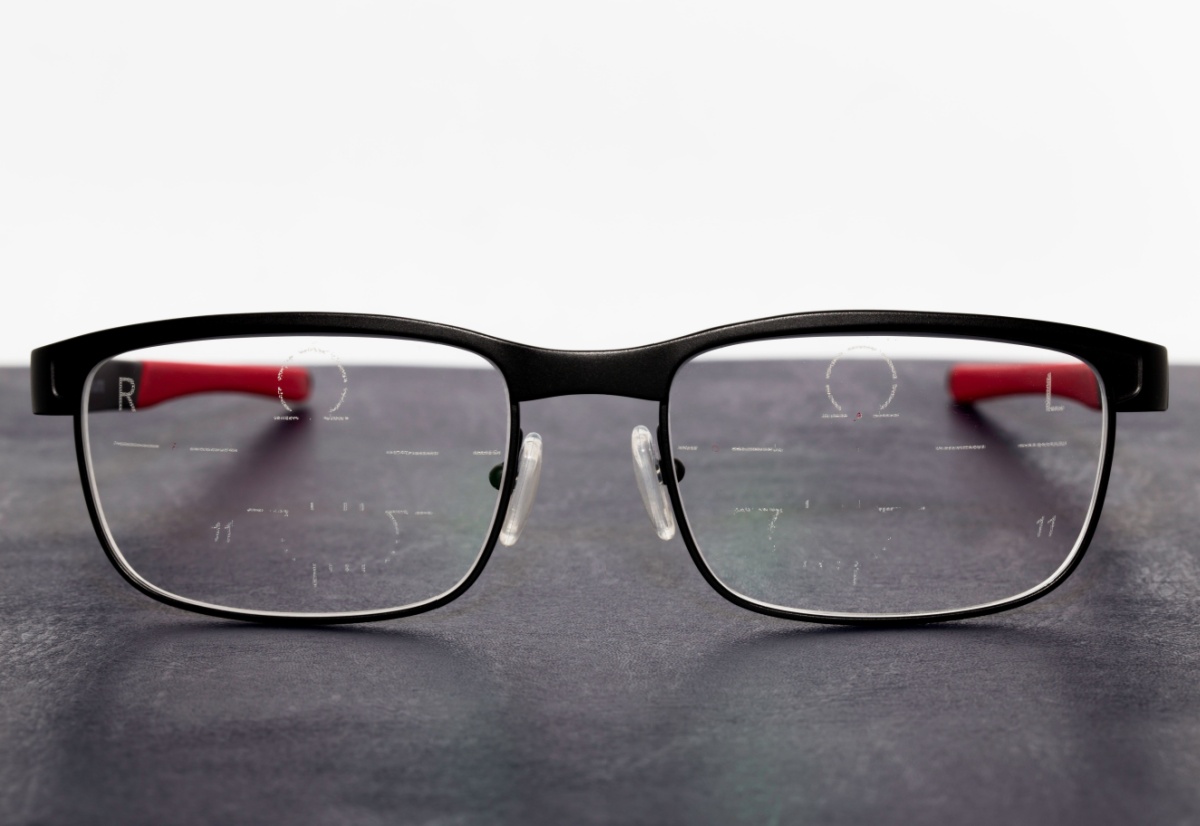*Updated 6/8/23*
Cataracts, one of the most prevalent age-associated eye ailments, can have a profound influence on the quality of your vision and, ultimately, your life. At 20/20 Eyeglass Superstore, we are dedicated to your eye health, and we believe education is key in managing and preventing this common condition. This comprehensive guide is designed to provide you with a deeper understanding of cataracts — their origin, symptoms, potential treatments, and prevention strategies — helping you make informed decisions regarding your eye health.
Cataracts Explained
Cataracts are characterized by a clouding of the natural lens within your eye, causing increasingly blurred or distorted vision. This condition develops gradually and might not be immediately noticeable until it begins interfering with daily activities such as reading, driving, or even recognizing faces.
Several factors can contribute to the development of cataracts. Aging is the most common one, but a family history of the condition, injuries to the eye, certain medical conditions (like diabetes), specific medications, and excessive exposure to UV rays can also be risk factors. As such, it’s crucial to understand and recognize the signs and symptoms of cataracts to ensure timely treatment.

Signs and Symptoms of Cataracts.
The onset of cataracts is usually marked by subtle changes in your vision. These early signs may include blurry or double vision, colors appearing less vibrant, increased sensitivity to light and glare, and the appearance of halos around lights at night. Frequent changes in your eyeglass prescriptions or experiencing a temporary improvement in eyesight after changing eyeglasses can also indicate the onset of cataracts.
As cataracts progress untreated, these symptoms may become more prominent and can eventually lead to total vision loss. As the cataract continues to cloud the lens, light rays cannot penetrate normally, leading to further distortion and blurring of vision. Common complaints from people with advanced cataracts include difficulty distinguishing faces or details, trouble reading due to decreased contrast and depth perception, and problems with night driving due to increased glare from oncoming vehicles.

Prevention and Coping Strategies for Cataracts.
Protecting your vision from cataracts begins with prevention. As part of your daily routine, consider wearing sunglasses that block UV rays, quitting smoking, and wearing wide-brimmed hats while outdoors to shield your eyes from direct sunlight. Your diet can also play a role in prevention; an increased intake of fruits and vegetables, rich in antioxidants, can contribute to maintaining good eye health.
If you’re already living with cataracts, there are steps you can take to manage the condition and maintain a good quality of life. Options include using magnifying glasses or employing bright lights for reading, and avoiding tasks that require intense near vision, like threading a needle or detailed handiwork.
Advanced Care and Treatment at 20/20 Eyeglass Superstore
At 20/20 Eyeglass Superstore, we pride ourselves on offering an extensive range of eye care services, including cataract evaluations and personalized advice on prevention and management. Our dedicated and professional team is always ready to assist you with your concerns and provide the necessary guidance and care.
If you’re already living with cataracts, there are steps you can take to manage the condition and maintain a good quality of life. Options include using magnifying glasses or employing bright lights for reading, and avoiding tasks that require intense near vision, like threading a needle or detailed handiwork.
As we strive to outperform our competitors — Eyeglass World, America’s Best, and Lens Crafters — we commit to prioritizing your vision health at our three convenient locations in Melbourne, Orange City, and Winter Park, FL.
Remember, if you notice any changes in your vision or if you have any concerns about cataracts, we encourage you to reach out to us. Early detection and intervention are key in managing cataracts effectively. We are here to guide you through every step of your eye care journey.



